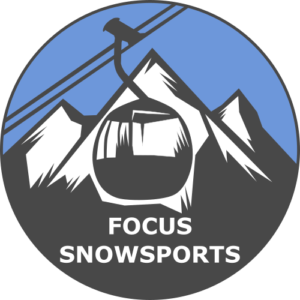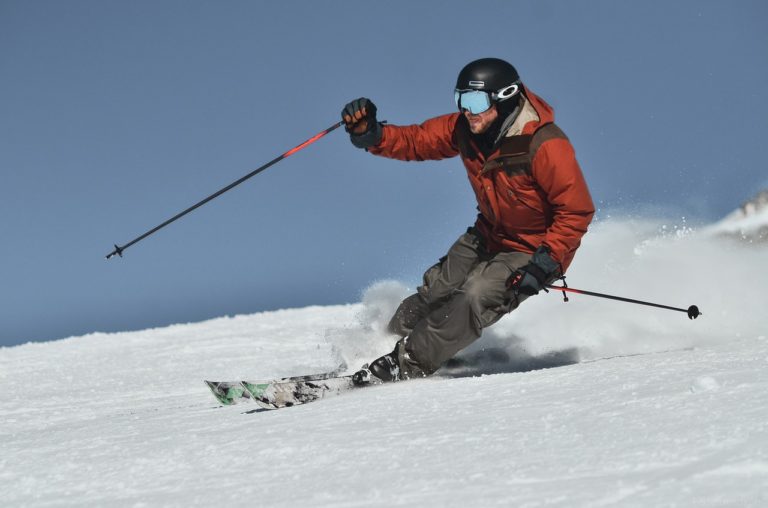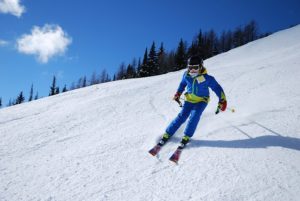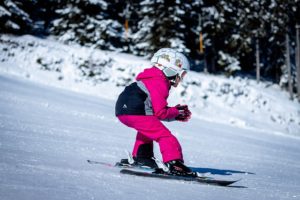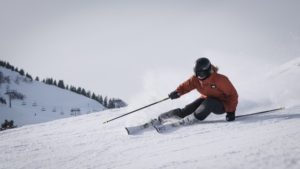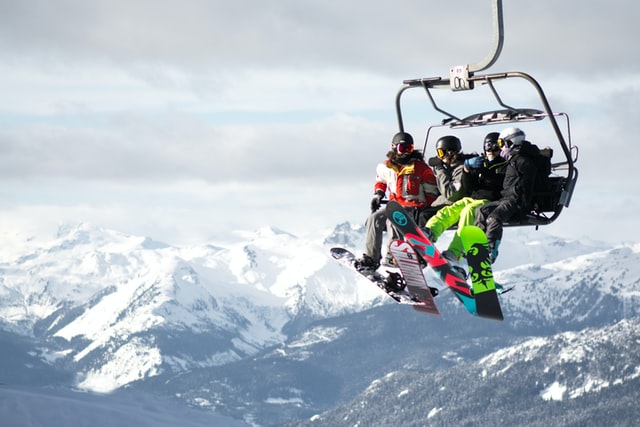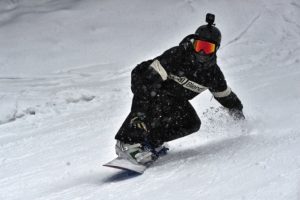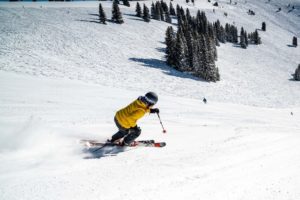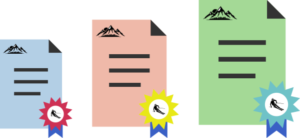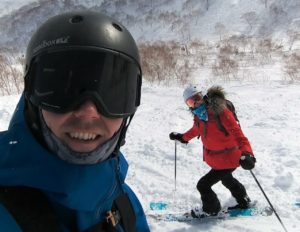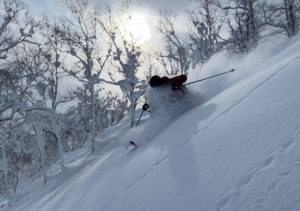To be a ski or snowboard instructor instructor, you’ll need to pass a teaching and skiing exam. The great news is that most countries offer a level system, so you don’t need to be an expert skier to get into teaching snowsports. The level system allows for a straightforward way into the industry.
The level one ski exam allows you to teach beginners and is relatively easy to pass as long as you respond to your trainer’s feedback and put in a good effort. After the level one, the other ski instructor exams a progressively more challenging. To see more about the instructor qualifications, see A Simple Guide to Snowsports Instructor Qualifications.
Here are some crucial tips to set yourself up for the most success.
Accept Change

One of the most important aspects of passing a ski or snowboard instructor exam is to accept change. Change in your own riding, change in your understanding and a change in how you teach a lesson. We’re all creatures of habit and we can get comfortable with how we ski and how we teach. To pass any ski or snowboard instructor exam from level one to being fully certified, being open to changing is fundamental.
You might be a fantastic skier, looking great as you gracefully slide around the resort. But to pass any ski instructor exam, you’ll need to show specific movements that you might not normally do. You might not even like to try these movements in your everyday skiing. This is totally normal to initially reject a new way of skiing, or feel frustrated with it.
You might feel awkward or restricted. It can be a real mental challenge when you’re out of your comfort zone. But try to fully embrace this, everyone feels at least a little strange with new movements. Use your senses and your trainer to gain feedback. What feels good? Feels bad? What are the benefits to this movement? Always focus on the positives and you’ll be surprised with what can be unlocked through change.
Looking at the teaching side of things. As you progress through the ski instructor exams and look to pass each of them, your teaching must evolve. It’s easy to become complacent, teaching the same way day in day out. Sure, you might be still giving a great experience and seeing results in your guests learning. But, those higher-level ski exams are going to require different ways of presenting information. Try to mix up your daily teaching techniques and experiment a little with ideas from other instructors. This will keep you open to change and new concepts to try.
The Best Ski Instructor Equipment for Training
Safety, Safety, Safety
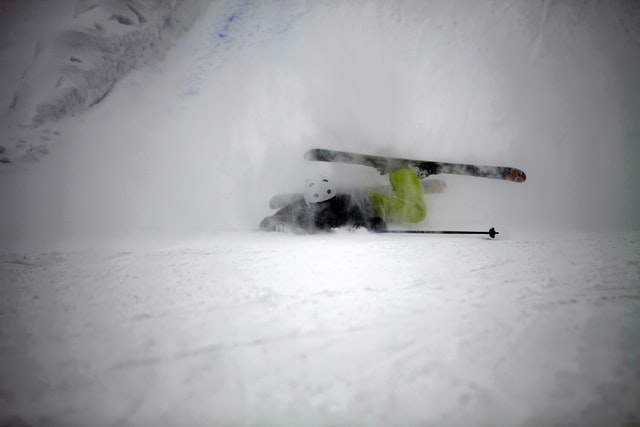
Safety is a huge element in passing any ski or snowboard instructor exam. This may sound obvious but it can be easily forgotten. We’ve seen it more often than we’d like, but sometimes people do everything they should in a ski exam yet forget safety and don’t get the result they were hoping for. It’s understandable if you’re nervous or trying to focus on your skiing and getting everything into your lesson. But even if you do everything else above standard, you simply can’t pass if you miss key safety points.
Riding Safety
For your skiing portion of the ski instructor exam, try to maintain focus. Depending on the exam, you might be waiting your turn to demonstrate a skill for the examiner. Setting your mind to a set of events can help. For example, you can be thinking, “Wait for the signal to go, set my ski position for the task, check above me and around me for other people and perform the task”. Have a predetermined game plan to avoid any last minute surprises.
Teaching Safety
For the teaching exam, make a point to verbally bring safety into your teaching. It’s a little like learning to drive where you need to show the examiner that you are checking the mirrors. During normal driving, you don’t move your whole head around to look in the mirrors, but during a test, you’ll want them to know that you’re looking and being safe.
When practicing your ski lessons for exams, include a safety note in your routine. This could be simply saying “did everyone notice how we stopped to the side of the slope, this is a great place to be out of the way. Please all remember to check up the hill before we set off again”. Not only will this demonstrate that you’re thinking about safety, but it will give yourself a cue to remember it.
Staying Positive

You might be doing some video feedback training to prep for your ski instructor exam. This is extremely useful as you rarely get the chance to see your own skiing. One thing is fundamentally true across many skiers and snowboarders, you never look as bad as you think you do on video. I can’t stress that enough. So many people in training will absolutely tear themselves apart on screen.
You really aren’t as bad as you think. Honestly. Your trainer should help you see the good points and improvements that can be made. Look at what you’re doing well, be proud of that. Notice the areas of improvement and start to think of a plan to do just that. A great tactic is to visualise your own footage as a guest you’re teaching, what would you tell them to do? Remember, that everyone has their own individual skiing style, we don’t have to look like exact copies of each other on the slopes.
Am I Good Enough to be a Ski Instructor?
There Is No Such Thing as a Bad Snow Day
Aside from resort closure, your ski or snowboard instructor exam is going ahead on the scheduled day. Ice? Slush? Dirt patches? Rain? As long as it’s possible to ski, the exam is running. The mountains can be unpredictable, but as outdoor professionals, we need to be able to operate in all conditions. While it’s not ideal doing your exam during less than favourable conditions, you’ll be able to pass no problem if you train in all conditions.
I know it’s hard to motivate yourself to get out there on the bad days. But, missing out on these conditions will lead to a lack of confidence and skill on rougher snow. You can spend all your days training on perfectly groomed slopes in the sunshine, but the day of your exam may present untrained challenges.
Prepare for All Ski Conditions
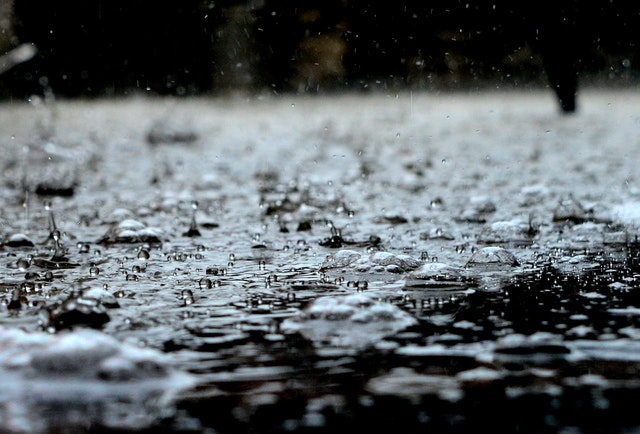
Ski it all, it’s going to make you a better skier all-round and prepare you for anything on the day of your ski instructor exam. It’s an immensely better feeling standing at the top of an icy slope during your exam thinking, “I’ll just need to adjust my edge angles a little like I did on the other icy training day”, than, “I hope my edge holds out so I don’t slip out of my turn shape”.
Some of the best ski instructors around have spend many days training in poor conditions. It leads to a new level of adaptability that you might not have experienced before. You can never control the weather, but you can control your ability to deal with it.
Want to know the best tips and tricks to passing a ski instructor exam? Read on to be prepared and successfully qualify as a ski instructor.
Final Thoughts
Being a ski or snowboard instructor is one of the most rewarding, yet challenging things you can do in the mountains. The tips above should set you up for success. Along with that, it’s important to enjoy the whole process of learning. Relish in the countless small goals achieved, the challenges overcome and the knowledge gained from so many different people. It’s all part of your unique journey though your instructor career.
